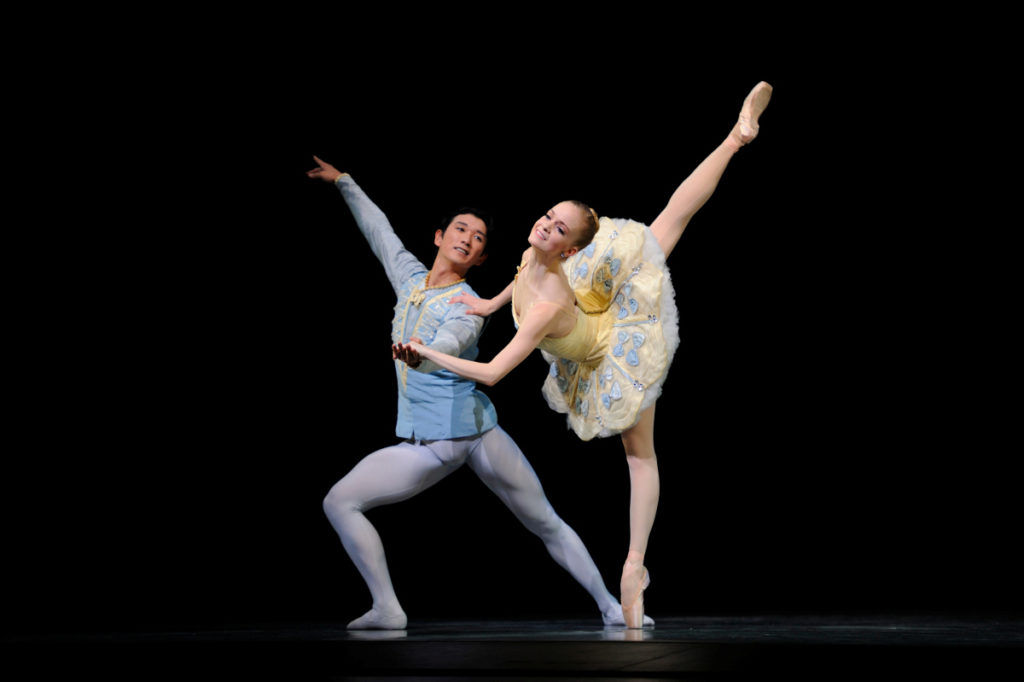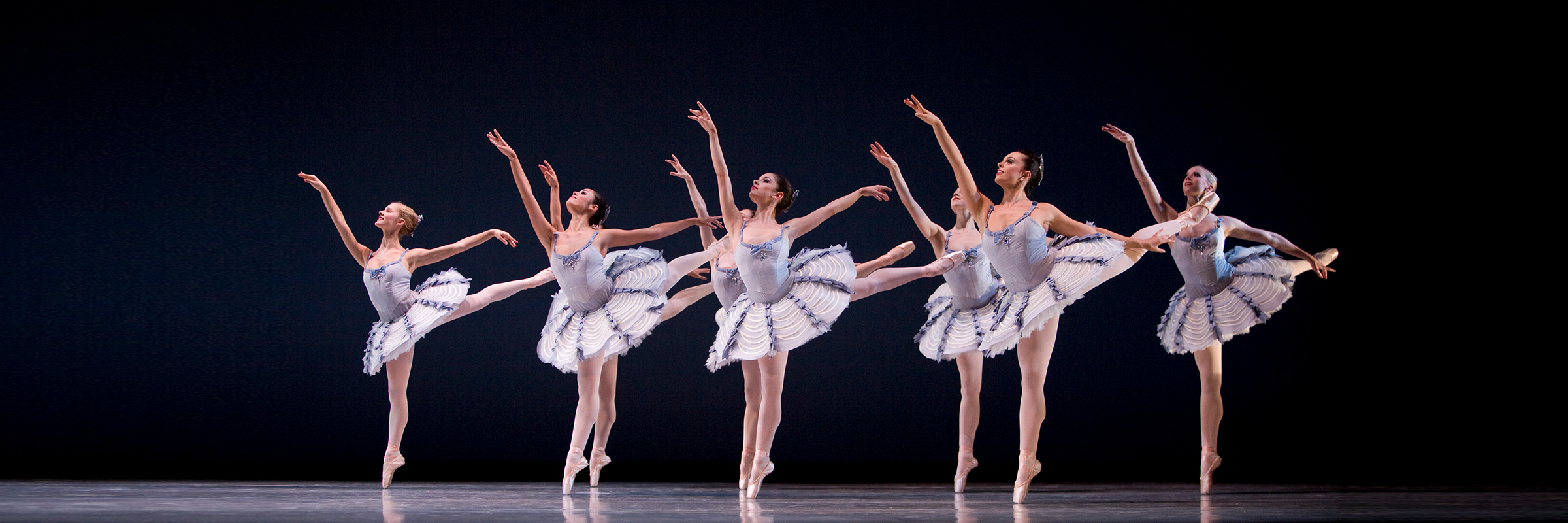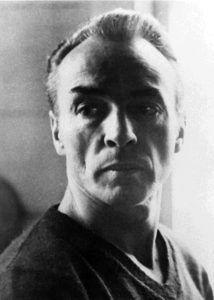About Divertimento No. 15
A Jewel of a Ballet
Choreographers have long known that the music of Wolfgang Amadeus Mozart is great for dancing. George Balanchine, whose repertory of dances shows that his musical taste was quite eclectic, said he considered Mozart’s Divertimento No. 15 the best example of that musical form ever written. Some music historians go one better, proclaiming the six-movement chamber piece to be one of the 18th-century composer’s greatest works.




It’s unusual for a choreographer to set more than one ballet to a piece of music, but that’s what happened when Balanchine decided to revive his 1952 Caracole, which he had set to Mozart’s Divertimento No. 15. Instead of restaging that ballet as planned, he ended up creating a new one that derived some of its movement from the earlier piece. Since its premiere in 1956, Divertimento No. 15 has been a much-loved, crystalline example of the neoclassical Balanchine repertory. San Francisco Ballet Artistic Director and Principal Choreographer Helgi Tomasson, who brought it to his dancers and audiences for the first time in 2007, calls it “a jewel.”
The divertimento is a light musical form that dates back to the late 1600s but reached its zenith in the 18th-century. Typically composed for small chamber groups, divertimenti were intended to accompany social functions, such as parties and banquets, often held outdoors.
Originally Divertimento No. 15 was staged with a white-trellis set, which made it seem “like a private garden party,” says George Balanchine Trust répétiteur Elyse Borne, a former ballet mistress with SF Ballet who has staged it multiple times for SF Ballet.
The women’s classical tutus and the men’s princely tunics lend Divertimento No. 15 an air of formality. The pace is nevertheless robust, not refined, with an unmatched number of men (three) and women (five) making for constant pairings and re-pairings, groupings and regroupings. In the second-movement theme and variations, one dancer after another tosses off a solo variation, each coming fast on the heels of another and each with a distinctive personality. Not until the fourth movement, the adagio, does the pace slow, only to build again to a lively finale.
Like its chamber music score, Divertimento is small in scale. The eight principals share the stage with an equal number of corps de ballet women, and only in the first and last movements are all of them onstage at once. Though the choreography’s intricate patterns and the violin line’s delicacy give the ballet a filigreed quality, there’s strength and verve in the dancing. The men do series of pirouettes and slice through solos with small jumps; the women sparkle in arabesques and embellish their lifts with languid beats. “It looks much simpler than it is,” Borne says. “The music is like crystal, and the dance is the same.”

Part of Divertimento’s appeal is its intimacy, and that quality is best appreciated from a relatively close vantage point. But like many Balanchine ballets, it gives audiences in the theater’s upper tiers the added pleasure of admiring the choreographer’s brilliant use of space and the geometric precision of his movement patterns and groupings. According to Tomasson, that kind of spatial awareness is one of the hallmarks of good choreography.
For Borne, Divertimento has particular meaning: She danced it the night that Balanchine died, and it was the last work she danced before she retired from the stage. “It’s such a gift to dance. Everyone gets a moment to shine, even the corps, in little solos and demi-solos,” she says. For that reason, it’s important to her that the dancers enjoy it. “It’s a treasure, not just for the audience but for the dancers. It’s like a spiritual experience.”
About George Balanchine
|
|
Neoclassical choreographer George Balanchine (1904–1983) is one of the 20th century’s most influential and innovative artists. Born in St. Petersburg, he trained at the Imperial Ballet School and joined the Mariinsky Ballet. He left Russia in 1924 and became ballet master for Serge Diaghilev’s Ballets Russes in Paris. Balanchine choreographed several ballets, including Prodigal Son and Apollon Musagète (later renamed Apollo) for the Ballets Russes. After Diaghilev’s death, Balanchine worked in Europe until arts patron Lincoln Kirstein invited him to come to the United States to start a company. “But first a school,” was Balanchine’s famous reply, and he founded the School of American Ballet in 1934. In 1946, he and Kirstein started Ballet Society, which later became New York City Ballet. Balanchine served as ballet master and principal choreographer of New York City Ballet until his death in 1983. He created more than 400 dance works, many of which are in the repertory of San Francisco Ballet. |
By Cheryl Ossola
Header Image: San Francisco Balllet in Balanchine's Divertimento No. 15. (Choreography by George Balanchine © The George Balanchine Trust; Photo © Erik Tomasson)









